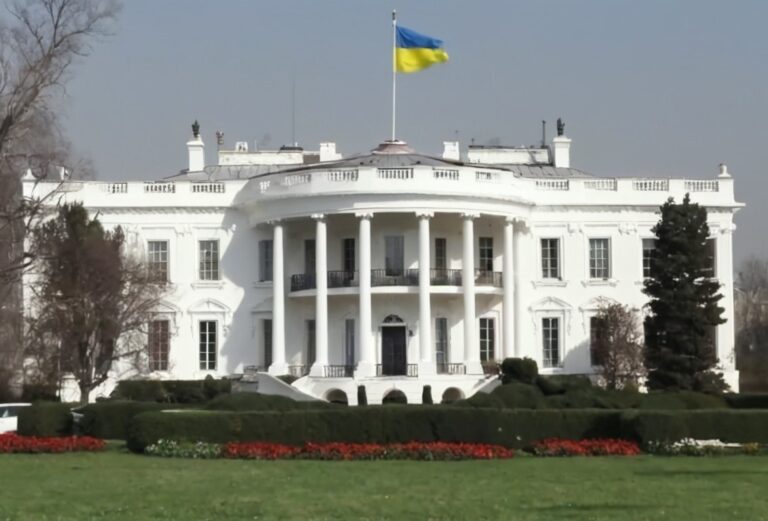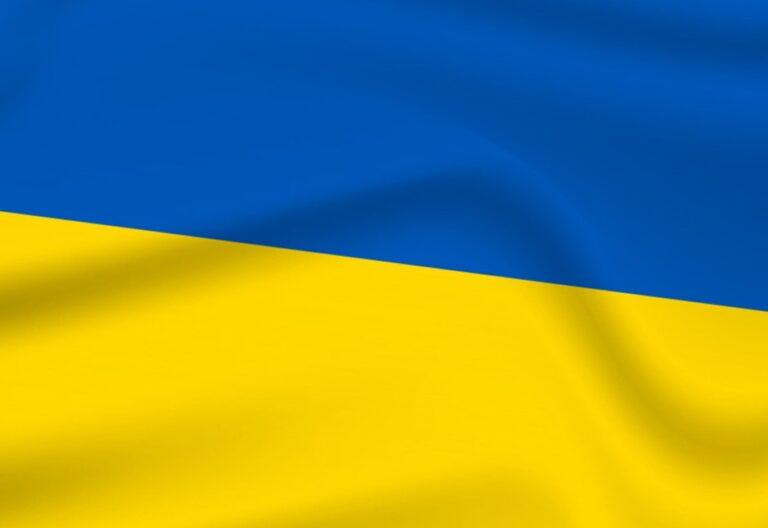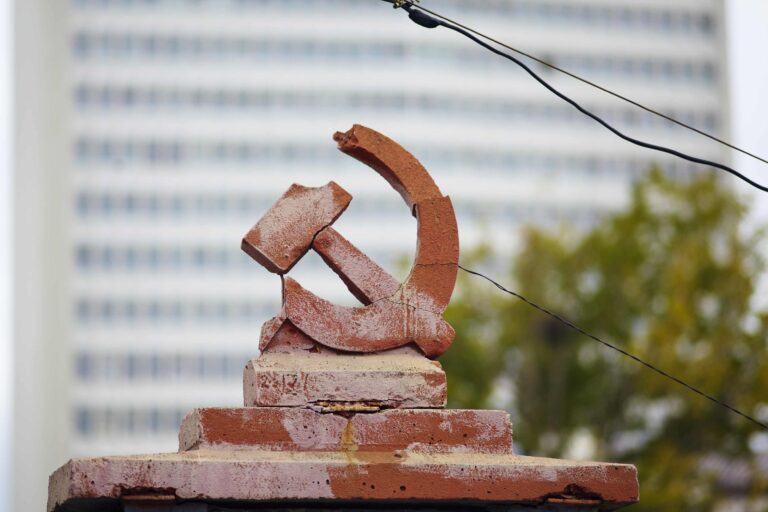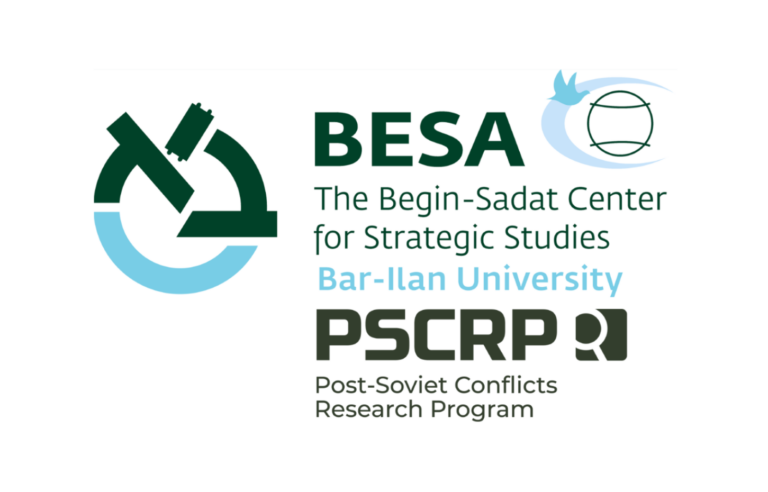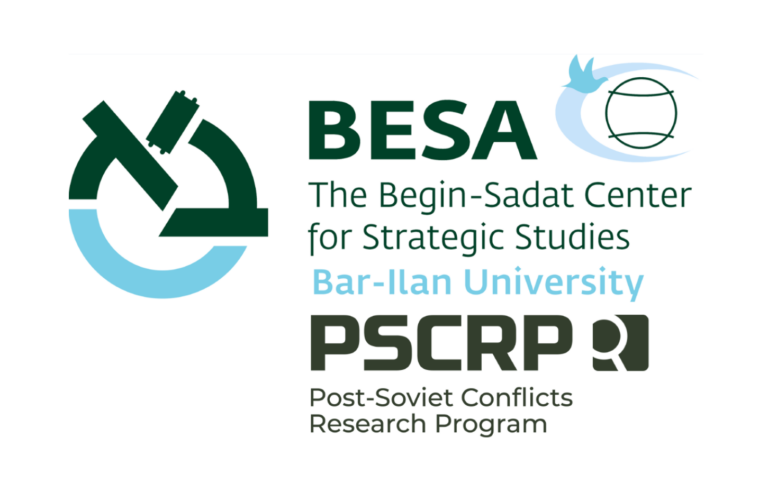
In an attempt to change the vector of the Russian-Ukrainian confrontation, President Volodymyr Zelensky issued a decree “On the territories of the Russian Federation historically inhabited by Ukrainians” and submitted it to the National Security and Defense Council. The Ukrainian leadership concludes that to end the war, it is necessary to destroy the Russian Federation as an empire seeking expansion and revenge, using a combination of military and propaganda means.


